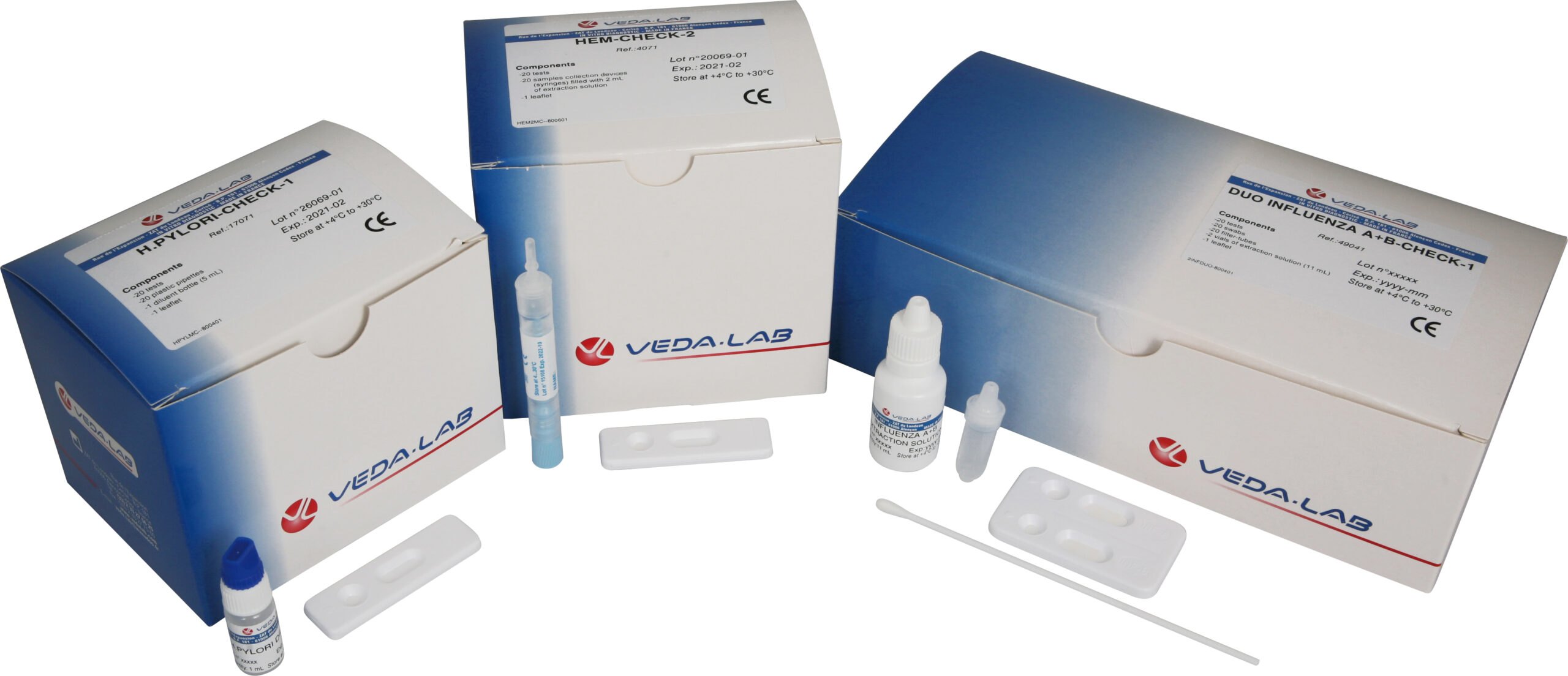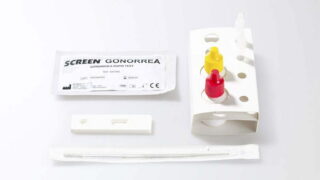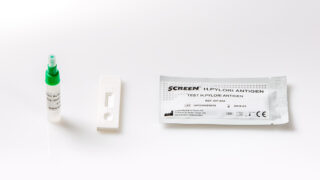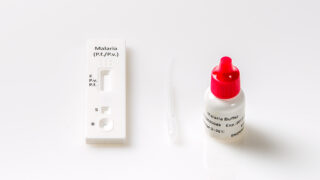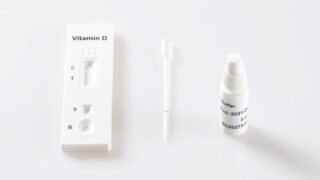Categories
Legio/S. Pneumo Rapid Test
The Legio/S. Pneumo Rapid Test is a diagnostic test designed for the rapid detection of Legionella Sero-Group pneumophila in water sources. This test is essential for quickly assessing the presence of this specific pathogen, which is associated with Legionnaires’ disease, in settings like hospitals, hotels, and industrial facilities. It allows for prompt action to ensure the safety of water systems and prevent potential outbreaks.
Product information
The Legio/S. Pneumo is a lateral flow, rapid immunochromatographic test for the qualitative detection of Legionella pneumophila and Streptococcus pneumoniae antigens in human urine.
Advantages of Legio/S. Pneumo test
- Easy to perform
- No complex sample collection needed
- Accurate test result
General information
Legionella bacterium is a gram-negative bacillus associated with Pontiac fever and Legionnaires’ disease leading to the infection of the upper respiratory tracts causing pulmonary disease of pneumonia. In many cases high fever has been reported. An estimated 25,000 to 10,000 cases involving Legionella pneumophila infections occur in the USA annually.
About 5 % to 30 % of people with Legionnaires’ disease die. Extra pulmonary infections may be spread through the bloodstream or the lymph system infecting heart, brain, kidney, liver and/or spleen. Common methods for the detection of Legionella pneumophila are culture, direct fluorescent antibody, indirect fluorescent antibody enzyme immunoassays and polymerase chain reaction.
Streptococcus pneumoniae is a gram-positive bacterium first isolated by Pasteur in 1881 from the saliva of a patient with rabies. The chemical structure and antigenicity of the pneumococcal capsular polysaccharide and its association with virulence and role in human disease were explained over the period of 1915 to 1945. The bacteria are lancet-shaped anaerobic organisms spreading by direct person-to person contact via respiratory droplets and causing serious disease in humans:
The 10 most common serotypes are estimated to account for about 62% of invasive disease worldwide. Streptococcus pneumoniae colonize upper respiratory tract tissues causing severe pneumonia and mild/acute earache/otitis. Pneumococci cause 13 to 19% of all cases of bacterial meningitis in the United States. One-fourth of patients with pneumococcal meningitis also have pneumonia.
The clinical symptoms are generally similar to other forms of purulent bacterial meningitis and include headache, lethargy, vomiting, irritability, fever, nuchal rigidity, cranial signs, seizures and coma. The case-fatality of pneumococcal meningitis is about 30% but can as high as 80% among elderly persons.
Bacterial pneumonia accounts of 12-16% of invasive pneumococcal disease among children 2 years of age and younger and S. pneumoniae has become the leading cause of bacterial meningitis among children younger than 5 years of age in the United States. Antibiotic treatment is efficient even if more penicillin-resistant trains have been identified. Several vaccines are available with variable efficiency depending on patient age or patients developing some chronic illness or immunodeficiency. Nevertheless, vaccines have demonstrated to provide protection against pneumococcal pneumonia.
Legio/S. Pneumo is a lateral flow, rapid immunochromatographic test for the qualitative detection of Legionella pneumophila and Streptococcus pneumoniae antigens in human urine. The test device consists of a plastic housing containing two different sticks for the detection of Legionella and Streptococcus. A colored anti-Legionella or Streptococcus monoclonal antibody colloidal gold conjugate is placed at the left end of the membrane. Few drops of urine sample are dispensed into each well (▷) of the reaction device. As the test sample flows through the absorbent device, the labelled antibody-dye conjugate binds to the Legionella and Streptococcus antigen (when present in the sample) forming an antibody antigen complex.
This complex binds to the polyclonal anti- Legionella or Streptococcus antibody in the positive reaction zone producing a rose-pink colored band. In absence of Legionella or Streptococcus, there is no line in the positive reaction zone. The reaction mixture continues flowing through the absorbent device, past the positive reaction zone and control zone. Unbound conjugate binds to the reagent in the control zone producing a rose-pink colored band demonstrating that the reagents are functioning correctly.
Test procedure
Positive controls (optional)
- Remove the test device from the pouch.
- Add 5 drops (200μL) of positive control to the sample well (▷) on the reaction device.
- Read the results of the test 10 minutes after adding the sample to the device.
- Do not interpret the result after 15 minutes.
Samples
- Bring all reagents at room temperature.
- Remove the reaction device from its protective wrapper by tearing along the split.
- Label device with the patient ‘s name or control number.
- Fill the pipette with urine and by holding it vertically, dispense drop-wise into sample well. Add 5 drops (200μL), without air bubble of urine in the sample well (▷).
- Read the results after 10 minutes.
- Do not interpret the result after 15 minutes.
Interpretation of the results
Negative result: Only one colored band appears in the control zone. No band is visible in the test window.
Positive result: In addition to the control band, a clearly distinguishable band also appears in the test window.
Invalid result: If there is no distinct colored band visible the control zone, the test is inconclusive for the corresponding parameter. In this case, it is recommended that the test be repeated.
| Product name | Legio/S. Pneumo Rapid Test |
|---|---|
| Detection | Legionella Pneumophila and Streptococcus Pneumoniae |
| Type | |
| Sample Type | |
| Pack Size | |
| Format | |
| Analyte Detection |
Related products
-
Medical Tests
Malaria Rapid Test
Price requestA Malaria Test is a diagnostic test used to detect the presence of the malaria parasite in a person’s blood. These tests are crucial for diagnosing malaria, a potentially life-threatening mosquito-borne disease. They are offered by healthcare providers and laboratories, and they typically include rapid diagnostic tests (RDTs) and microscopic examination of blood smears. Rapid tests provide quick results, allowing for timely treatment and management of the disease. These tests are vital in regions where malaria is prevalent and for travelers to such areas.
-
Medical Tests
Vitamin D Rapid Test
Price requestA vitamin D test is a blood test that measures the levels of vitamin D in the bloodstream. This test is used to assess an individual’s vitamin D status, which is essential for bone health, immune function, and overall well-being. The test helps to diagnose vitamin D deficiencies or excesses and guide appropriate supplementation or treatment. It’s a valuable tool in maintaining optimal health.

 Drug Test
Drug Test Heart Markers
Heart Markers Hormone Tests
Hormone Tests Medical Tests
Medical Tests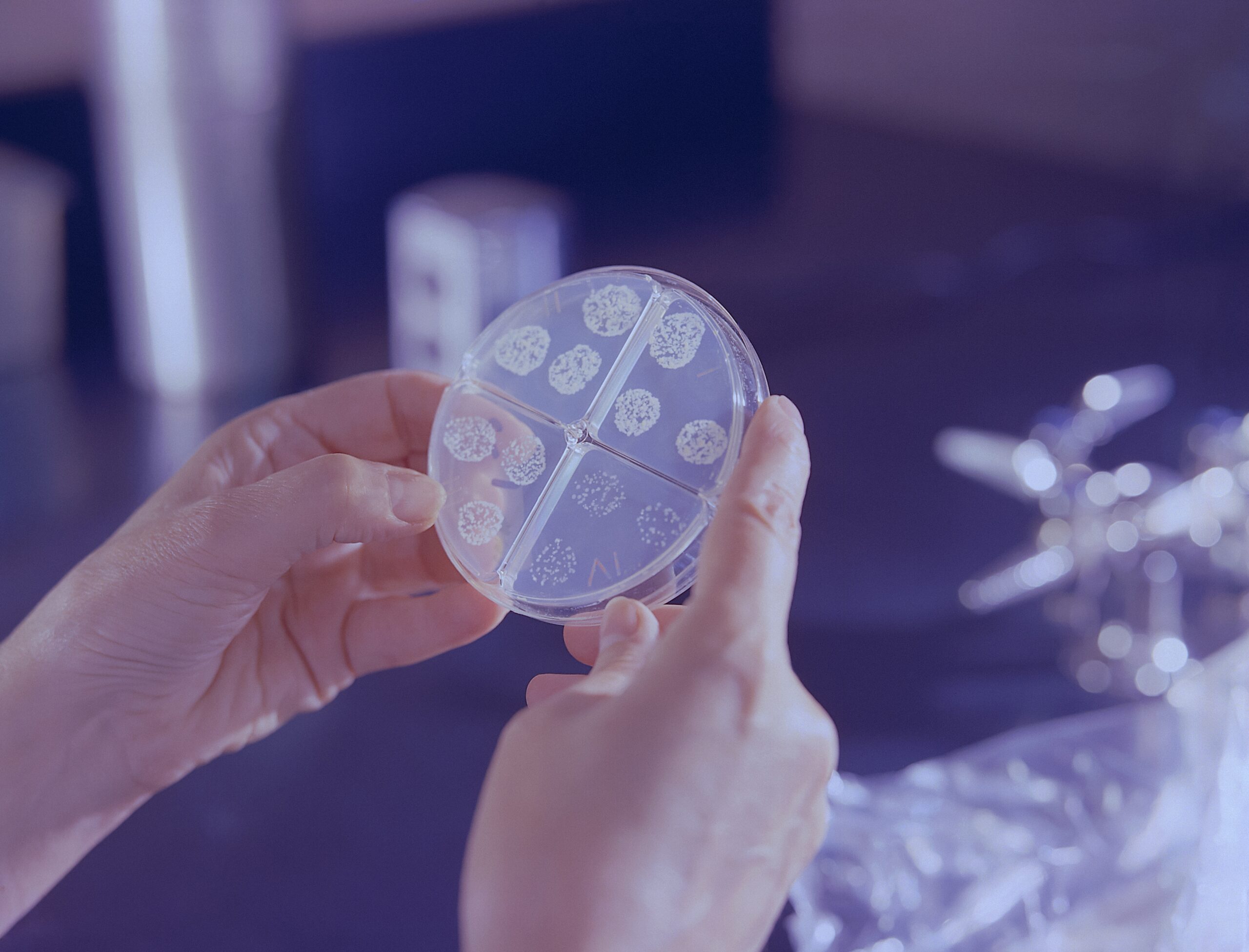 Microbiology
Microbiology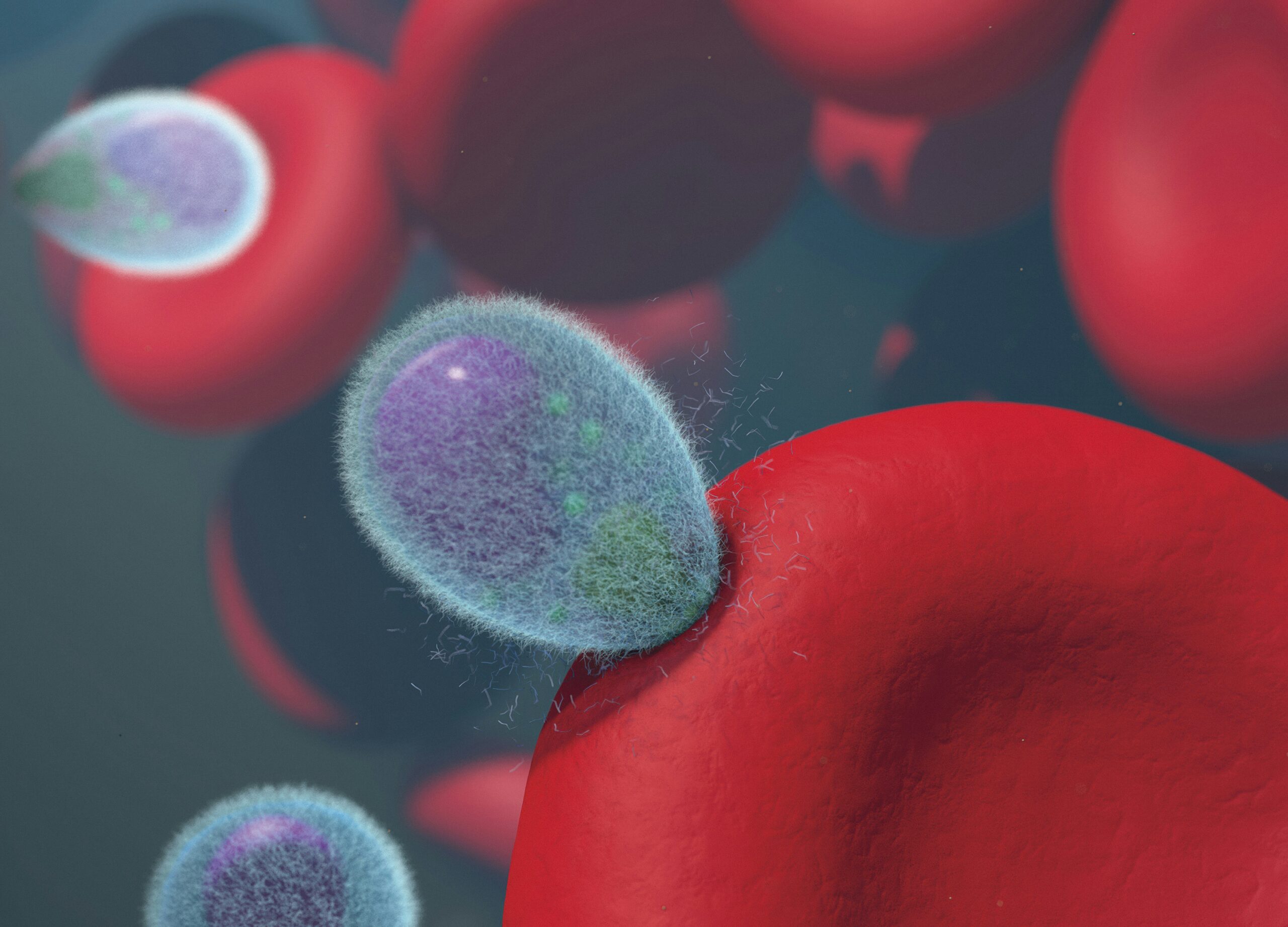 Parasite Infection
Parasite Infection Proteins and Inflammatory Markers
Proteins and Inflammatory Markers Qualitative Controls
Qualitative Controls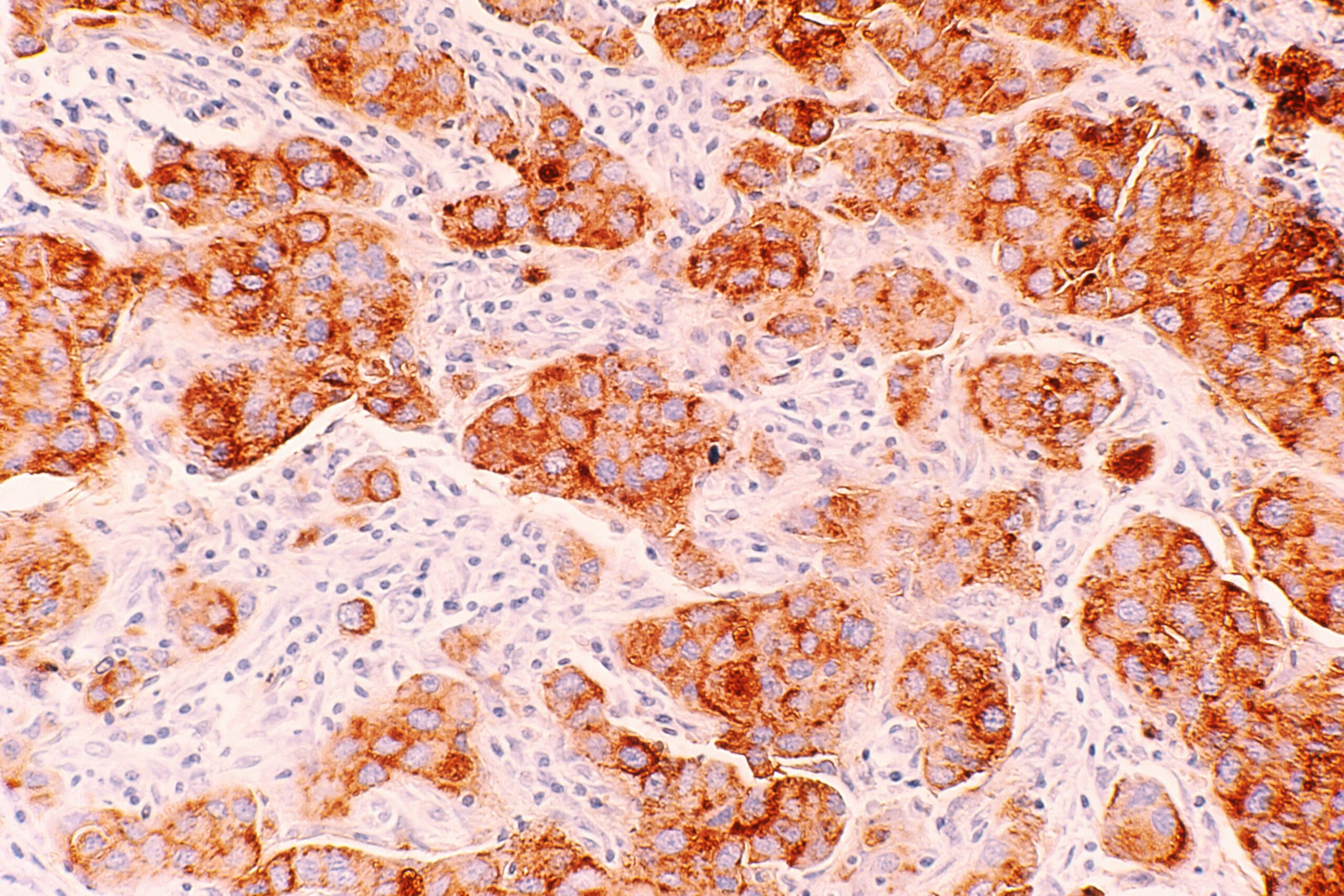 Tumor Marker
Tumor Marker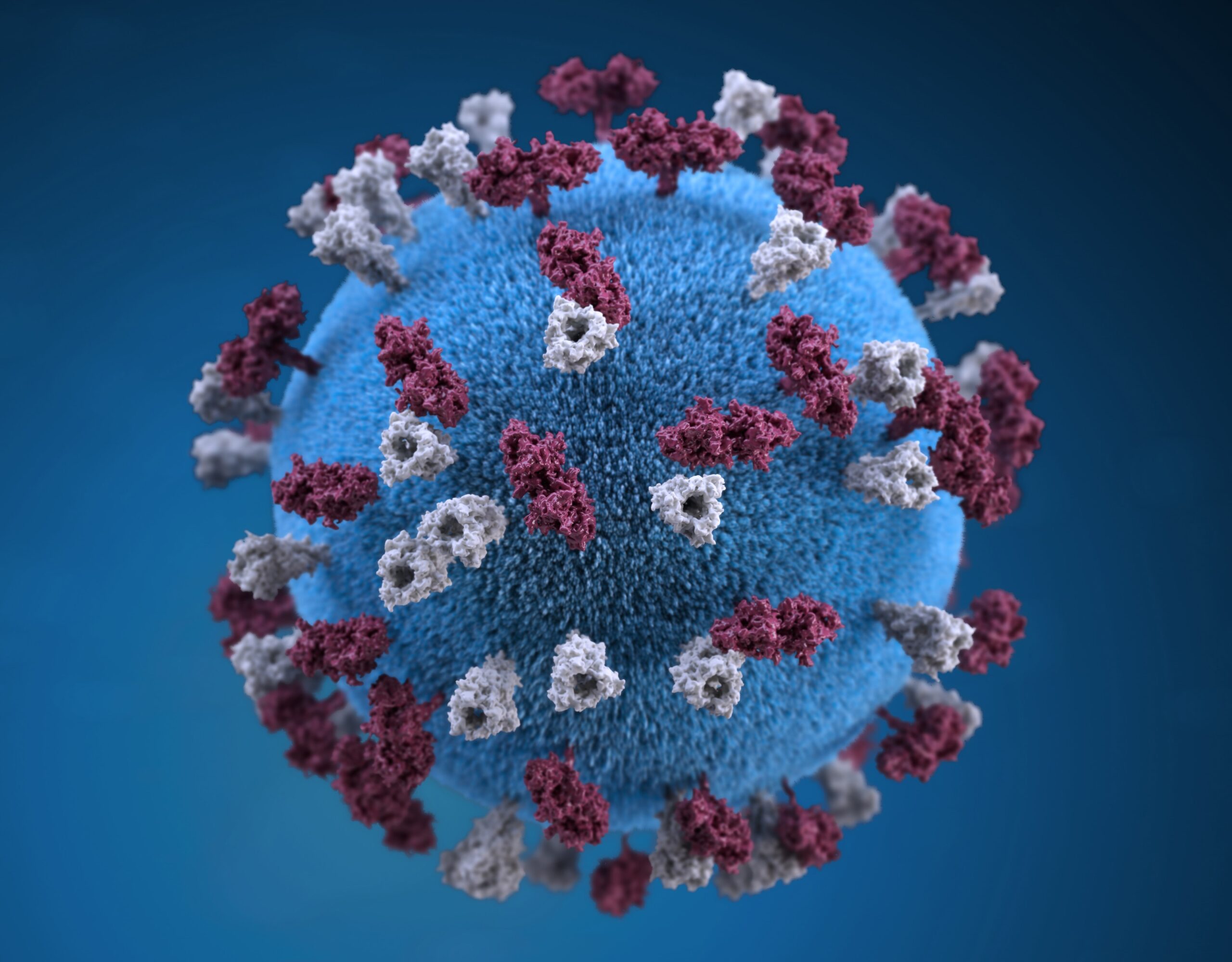 Viruses
Viruses